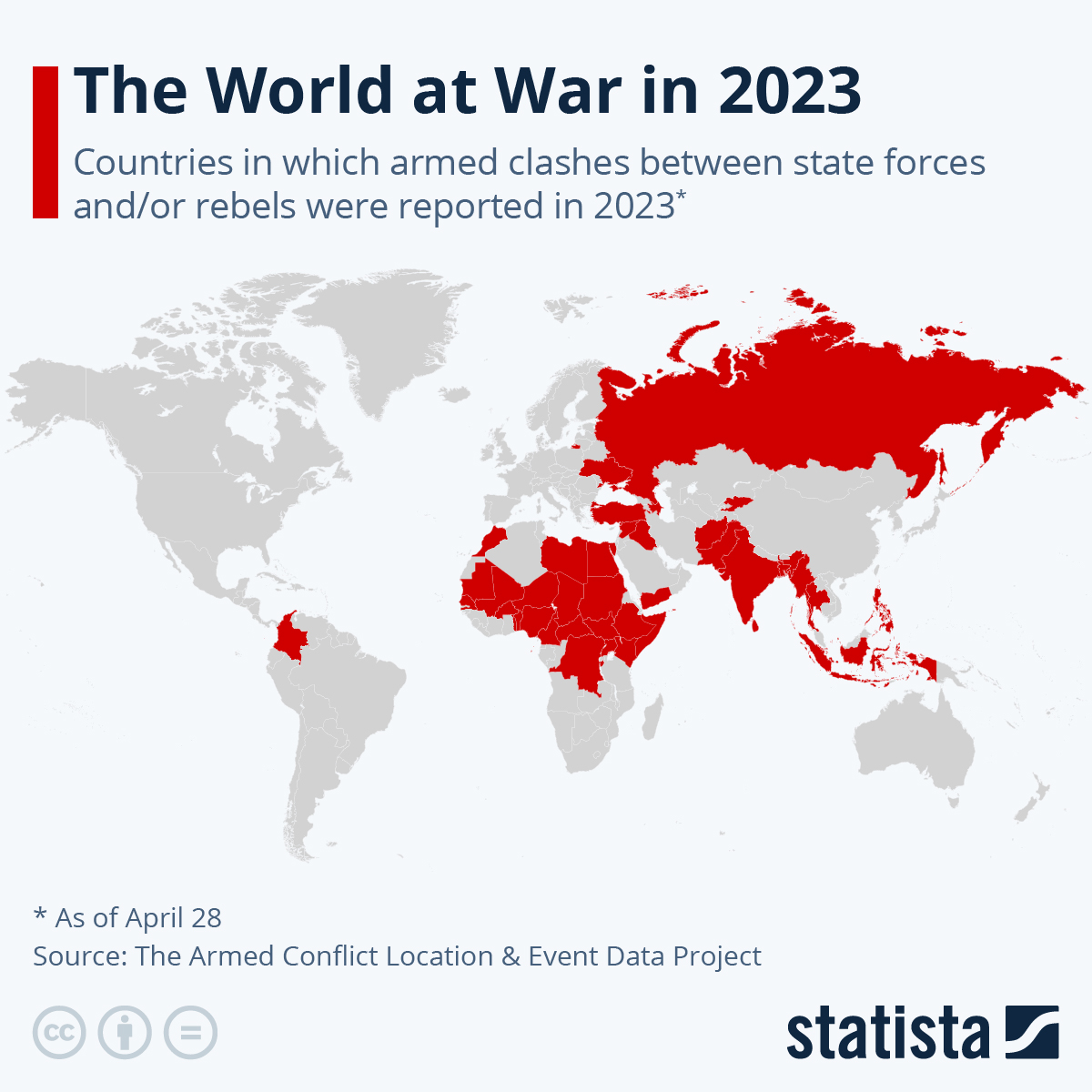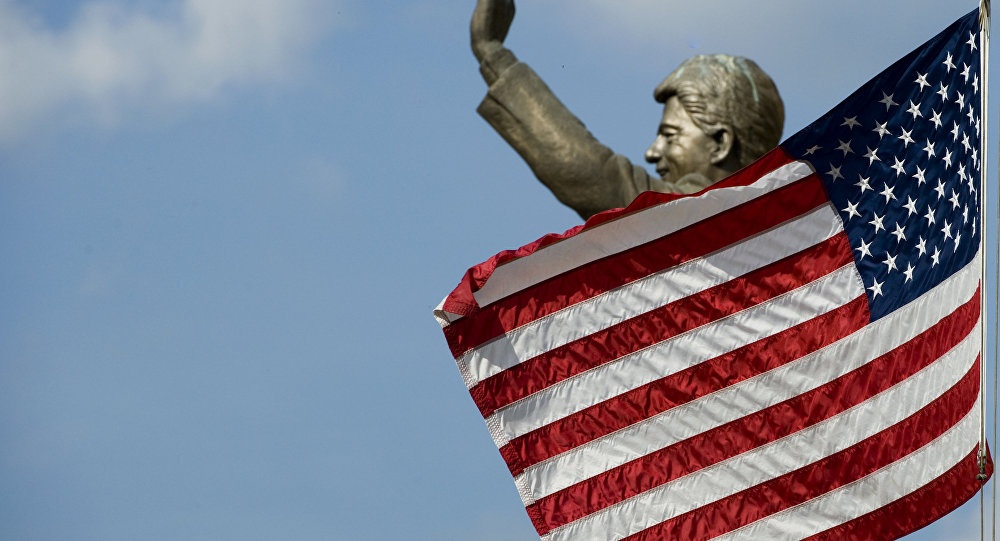
Under that agreement, some warlords are named provincial governors, military commanders and cabinet ministers, as are members of the Northern Alliance. In December, Hamid Karzai is named interim president after Afghan groups sign the Bonn Agreement on an interim government. The Taliban flee south and their regime is overthrown. The U.S.-backed Northern Alliance enters Kabul on Nov. 7, 2001.Ī U.S.-led coalition launches Operation Enduring Freedom, targeting the Taliban and al-Qaida with military strikes. The U.S.-led coalition launched air and missile strikes in Afghanistan on Oct. Air Force B-52 Stratofortress heavy bomber. The U.S., which had previously been aiding Afghan mujahideen groups, and Saudi Arabia covertly funnel arms to the mujahideen via Pakistan through the 1980s.Īn undated file photo shows a U.S. Millions of Afghans begin fleeing to neighboring Pakistan as refugees. The ensuing war leaves about 1 million Afghan civilians and some 15,000 Soviet soldiers dead. Groups of guerrilla fighters known as mujahideen or holy warriors mount opposition and a jihad against Soviet forces. The Soviet war yearsįollowing upheaval after a 1978 Afghan coup, the Soviet military invades Afghanistan to prop up a pro-Soviet government.īabrak Karmal is installed as Afghanistan's Soviet-backed ruler. Here are some key events and dates from the past four decades. It is the latest chapter in the country's nearly 42 years of instability and bitter conflict.Īfghans have lived through foreign invasions, civil war, insurgency and a previous period of oppressive Taliban rule.

The collapse of the Afghan government and the Taliban's recapture of power came after a blitz by the militant group that stunned many Afghans and the world.

The Soviet army in Kabul, Afghanistan, on Dec.


 0 kommentar(er)
0 kommentar(er)
